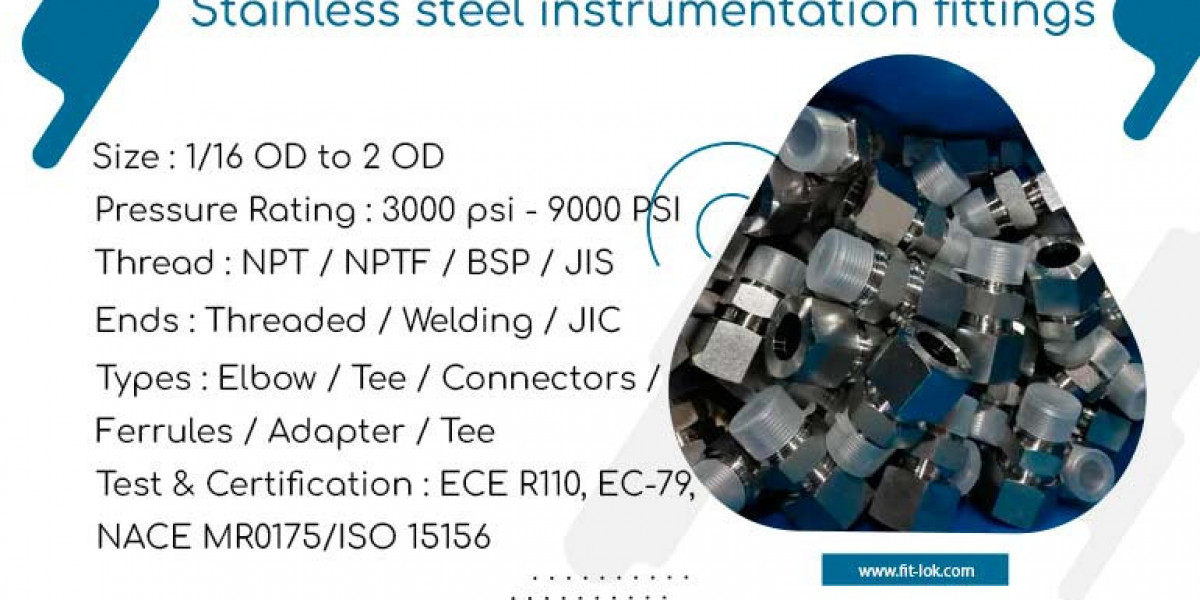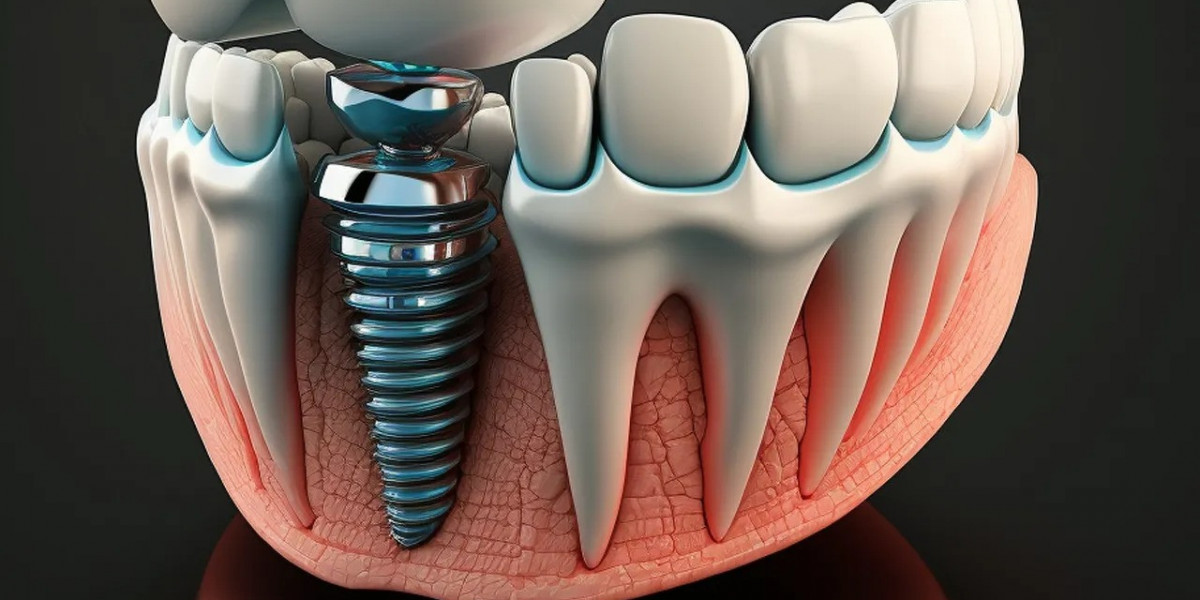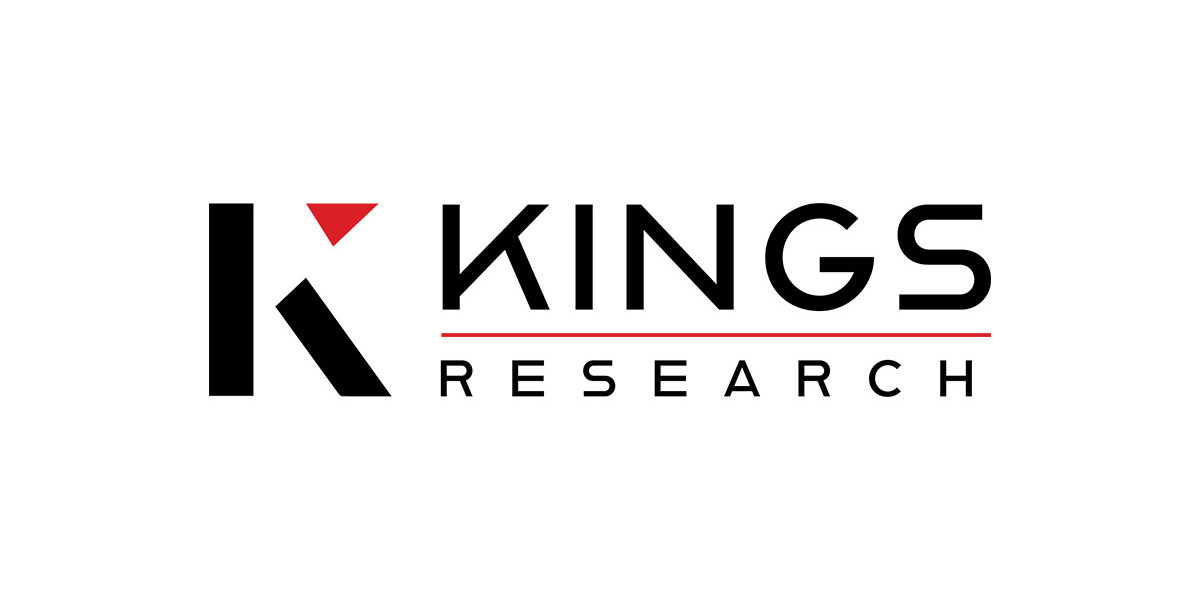Stainless Steel Instrumentation Fittings: A Complete Guide
Introduction
Stainless steel instrumentation fittings are critical components in industries that require high-precision and leak-free connections in fluid and gas systems. These fittings are widely used in industries like oil and gas, chemical processing, power generation, pharmaceuticals, and food processing due to their durability, corrosion resistance, and ability to withstand high pressures and temperatures.
1. What Are Stainless Steel Instrumentation Fittings?
Instrumentation fittings are specialized connectors used to join pipes, tubes, and other components in a system designed for fluid or gas transfer. They ensure reliable, leak-proof connections and are often used in applications requiring precise flow control and high-pressure resistance.
Key Features:
- Made of corrosion-resistant stainless steel (typically 304, 316, or 316L)
- High pressure and temperature tolerance
- Leak-proof and vibration-resistant design
- Available in various types for different connection needs
2. Types of Stainless Steel Instrumentation Fittings
A. Compression Fittings
- Consist of a nut, ferrule, and body
- Provide a strong, leak-free seal
- Commonly used in hydraulic and pneumatic applications
B. Tube Fittings
- Used to connect tubing in instrumentation and process control systems
- Include single-ferrule and double-ferrule designs
- Example: Swagelok-type fittings
C. Pipe Fittings
- Threaded or welded connections for joining pipes
- Common types: elbows, tees, reducers, and couplings
- Used in high-pressure applications
D. Flare Fittings
- Feature a flared end for secure sealing
- Used in high-pressure hydraulic applications
E. Needle and Ball Valves
- Control flow in instrumentation systems
- Provide precise regulation and shut-off capabilities
F. Manifold Fittings
- Multi-port valves for controlling flow from multiple sources
- Used in pressure and flow measurement applications
3. Advantages of Stainless Steel Instrumentation Fittings
✅ Corrosion Resistance: Ideal for harsh environments with exposure to chemicals, moisture, and extreme temperatures.
✅ High Strength & Durability: Withstand high pressure and mechanical stress.
✅ Leak-Proof Performance: Precision machining ensures tight seals, preventing leaks in critical applications.
✅ Wide Temperature Range: Can handle extreme heat and cold without failure.
✅ Versatility: Suitable for a wide range of industries, including oil and gas, pharmaceuticals, and food processing.
4. Applications of Stainless Steel Instrumentation Fittings
- Oil & Gas: Used in refineries and pipelines for leak-proof fluid and gas transport.
- Chemical & Petrochemical: Handle aggressive chemicals without corroding.
- Power Plants: Essential for steam, gas, and cooling systems.
- Pharmaceuticals & Biotechnology: Maintain sterile environments in drug manufacturing.
- Food & Beverage Industry: Ensure hygienic processing of liquids and gases.
5. Choosing the Right Stainless Steel Instrumentation Fittings
When selecting instrumentation fittings, consider the following factors:
- Material Grade: 316 stainless steel offers better corrosion resistance than 304 stainless steel.
- Pressure Rating: Ensure the fitting can withstand the operating pressure.
- Temperature Range: Select fittings that perform well under your system’s temperature conditions.
- Connection Type: Choose from compression, threaded, or welded options based on your system requirements.
- Compliance & Standards: Look for certifications like ASTM, ASME, or ISO to ensure quality.
6. Maintenance and Best Practices
- Regular Inspection: Check for leaks, corrosion, or damage.
- Proper Installation: Follow manufacturer guidelines to avoid over-tightening or misalignment.
- Use Compatible Materials: Ensure fittings are compatible with the tubing or piping material.
- Clean Before Installation: Remove dirt, debris, or contaminants to prevent system failure.
Conclusion
Stainless steel instrumentation fittings play a vital role in ensuring safe, efficient, and leak-proof connections in fluid and gas systems. Their durability, corrosion resistance, and versatility make them essential components in industries requiring high-performance fluid handling solutions. By selecting the right fittings and maintaining them properly, you can ensure the longevity and efficiency of your system.










